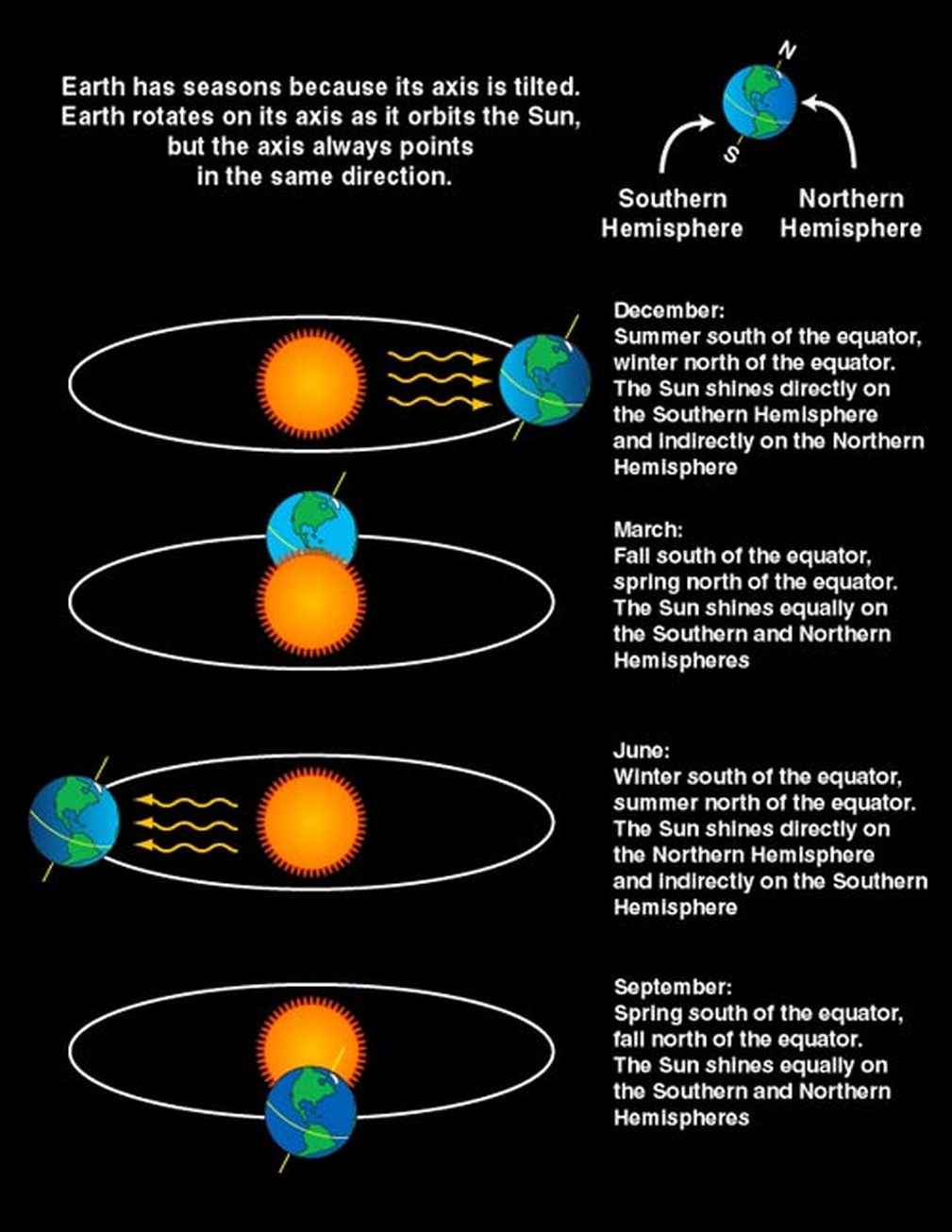Sky enthusiasts, start off summer by witnessing two extraordinary celestial events in June – the Full Strawberry Moon and the summer solstice. These events hold both historical and cultural significance.

The Full Strawberry Moon, depending on one’s time zone, will illuminate the night sky on June 3. Although the exact moment of full moon occurs when the Moon is opposite the Earth from the Sun, its full appearance will extend for about a day before and after the event. Remember to bring binoculars or a telescope to see all of the details of the Moon’s craters and other lunar features.
The name “Full Strawberry Moon” originated from the Algonquin tribes in the northeastern United States. This full moon occurred during the month of June when strawberries were ripening and ready to be harvested. The name “Strawberry Moon” has been passed down through generations and continues to be used by many today.

Later in the month on June 21, the summer solstice will mark the beginning of the astronomical summer and the longest day in the Northern Hemisphere, and the start of winter and the shortest day in the Southern Hemisphere. This change in season is due to the 23.5-degree tilt of the Earth’s axis compared to its orbit around the sun, allowing the most direct sunlight to reach the Northern Hemisphere this month.
Throughout history, this celestial event has played a crucial role in various civilizations, shaping their calendars, traditions, and agricultural practices. Farmers would rely on the June Solstice to determine when to plant and harvest crops. The solstice’s timing influenced the development of many calendars, such as the ancient Roman calendar and the modern Gregorian calendar.
Enjoy the seasonal change as you watch the skies!
By Eben Boothby



